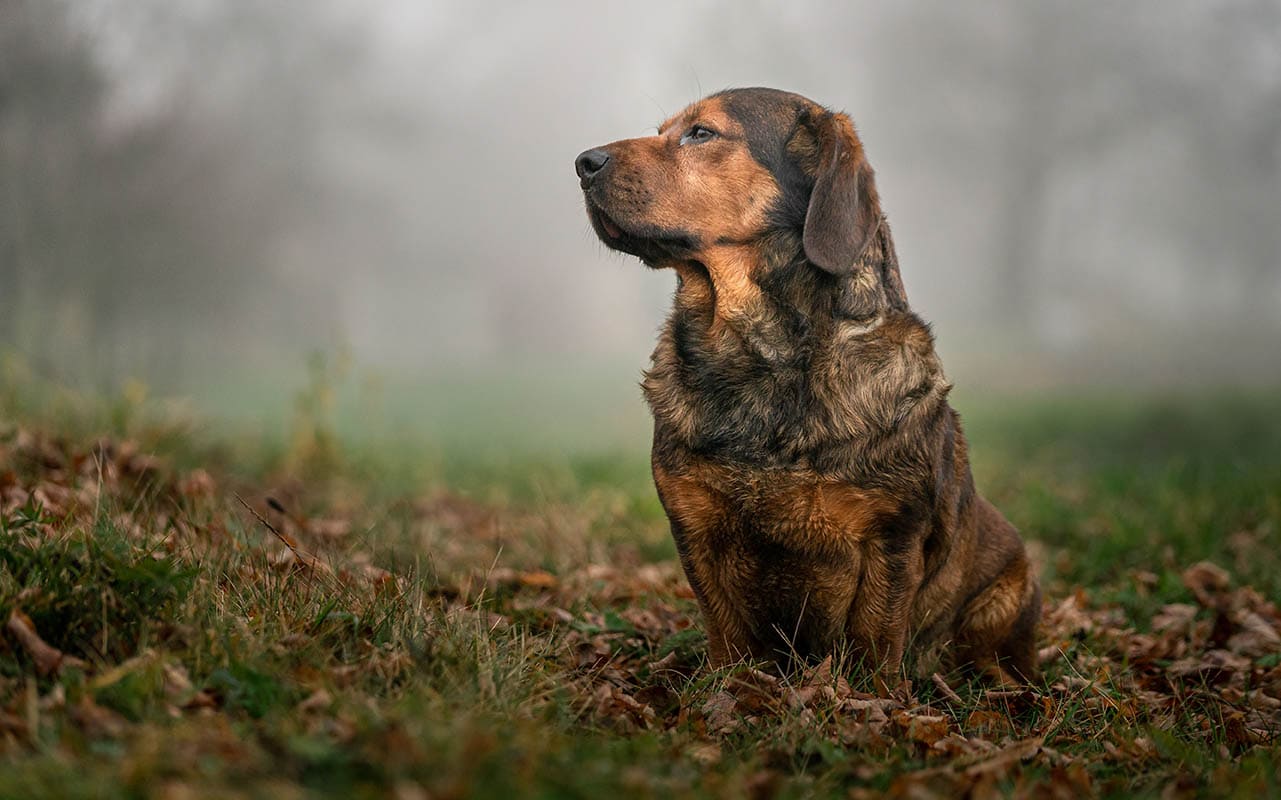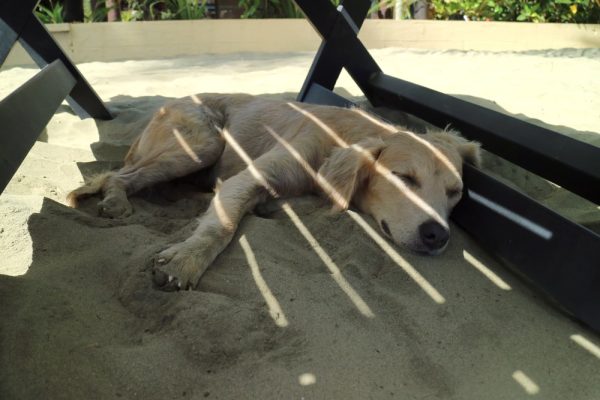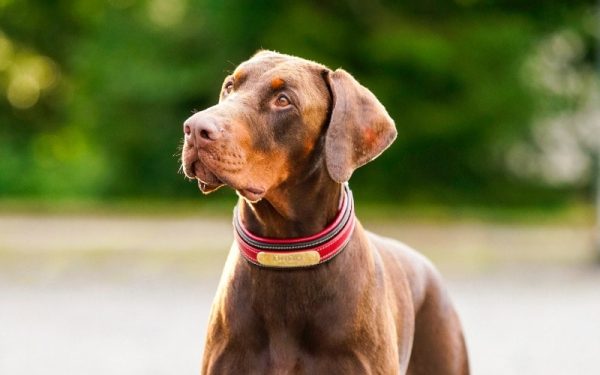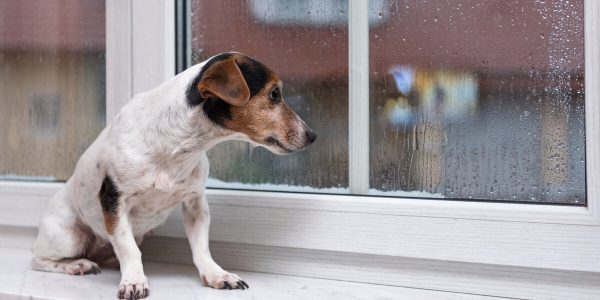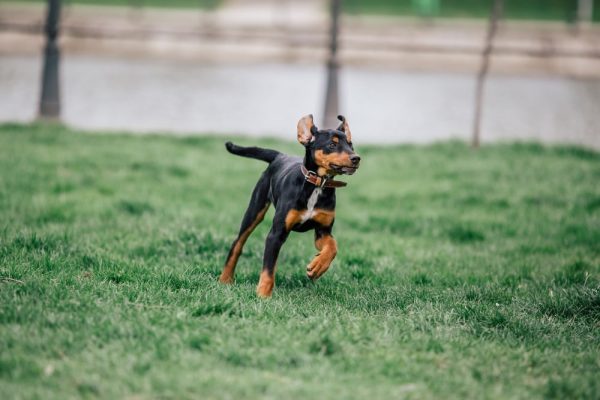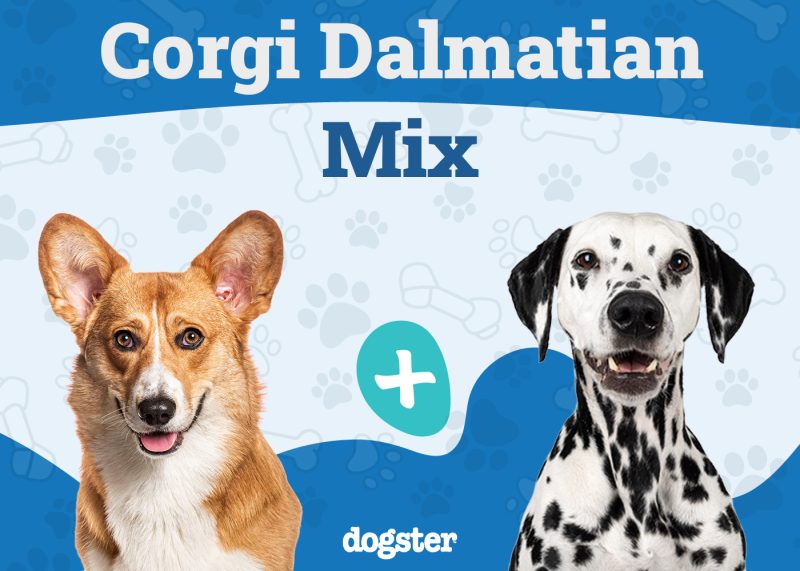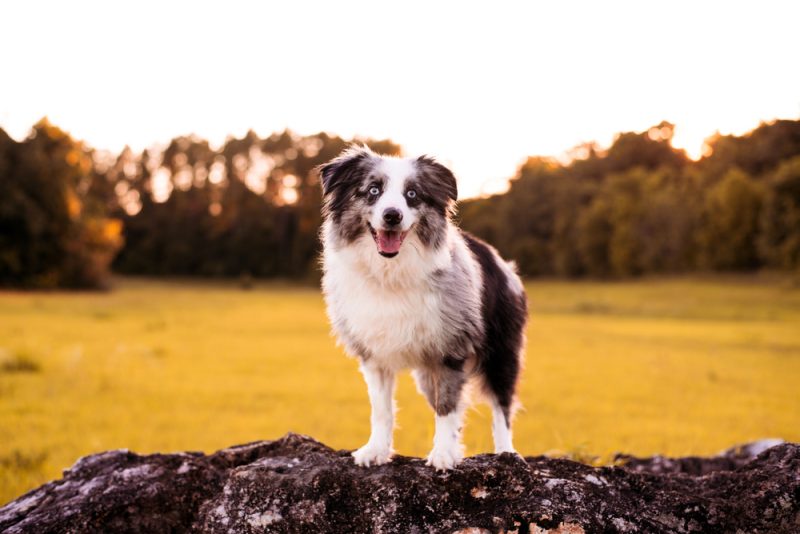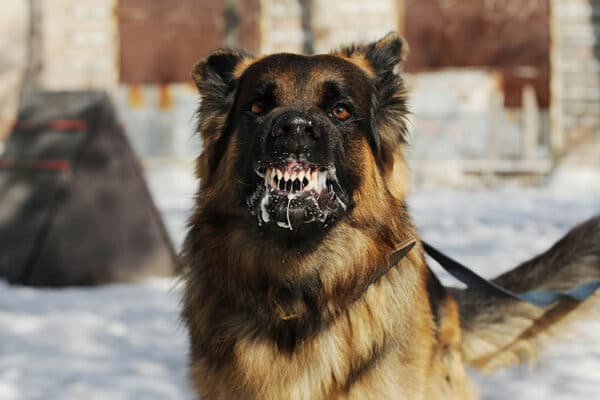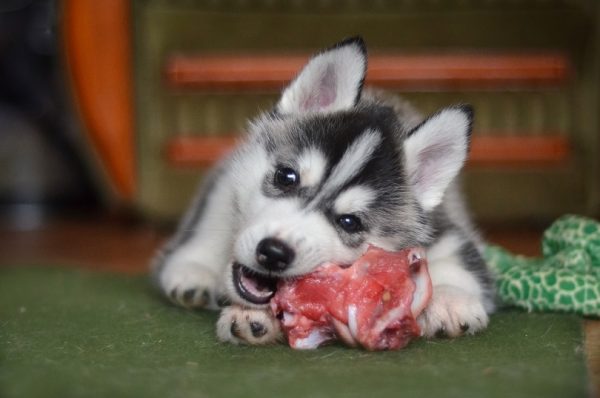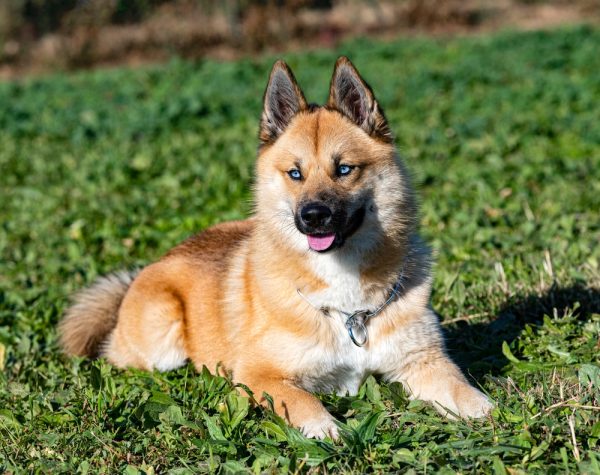In this article
View 8 More +The Alpine Dachsbracke is a rare breed of dog that is thought to have originated in Austria. They look like someone merged a Dachshund and a scent hound. They have long backs and short legs and the traits of a scent hound. They were bred to track all sorts of different animals, including deer, boars, hares, and foxes.
Their short legs allow them to track on the ground efficiently. They also move through mountainous and heavily forested terrain with ease. In general, they can go just about under everything.
Breed Overview
Height:
13 – 16 inches
Weight:
33 – 40 pounds
Lifespan:
About 12 years
Colors:
Dark “deer” red
Suitable for:
Families
Temperament:
Confident, friendly, intelligent
Usually, these dogs aren’t kept as family pets. They are typically found with hunters around their native region. In America, they can be difficult to find. However, they do make great family dogs and tend to get along exceedingly well with children. They’re confident and fearless, which usually prevents aggression problems.
They do have a decently strong prey drive, so they do best in homes without other non-canine pets. As pack animals, they get along well with other dogs, though.
Alpine Dachsbracke Characteristics

Alpine Dachsbracke Puppies
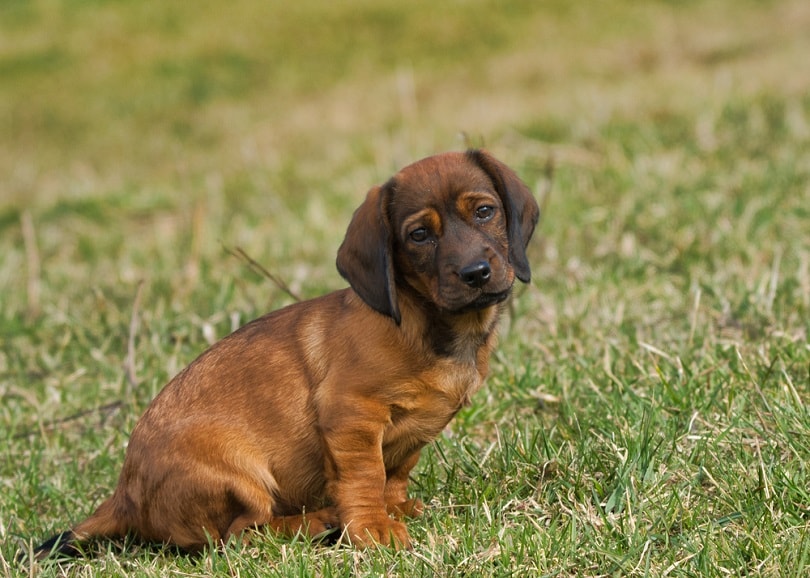
If you decide to adopt one of these puppies, the biggest problem is finding one to adopt. Unless you’re living in Austria, it can be challenging to find a breeder who produces these puppies. They aren’t even recognized by the American Kennel Club, which should clue you into just how rare they are in the States.
When you do manage to find one of these dogs, they can be very expensive. If you find an Alpine Dachsbracke puppy for a low price, you should question their bloodline and health. Be sure to do your research on the breeder when you find one. Always ask to visit the breeding facilities before paying anything, and try to meet the puppy’s parents. An ethical breeder should also do health checks on puppies to make sure they’re healthy.
Keep reading the Alpine Dachsbracke’s full care guide to know what type of food, exercise, and grooming they need to grow into happy and healthy dogs.
Temperament & Intelligence of the Alpine Dachsbracke
First and foremost, this is a hunting dog. They were originally bred for hunting and are still mostly used for that purpose today. They can work in many different conditions, ranging from harsh, mountainous terrain to overgrown forests. Their small statue gives them a leg up over other hounds in tougher areas.
Unlike many modern breeds, this dog is still mostly used for hunting. It’s rare to find them used solely as companion animals. They are usually owned by hunters. New puppies are typically taught to hunt. The “quality” of the dog is judged based on their hunting ability, not necessarily how well they conform to a breed standard.
This breed has not been selectively bred to be a pet. However, they do make a good companion dog in any case. They are not scared of much and tend to get along well with people. Their fearlessness cuts down on fear-based barking and aggression. They are friendly with strangers and people alike. However, they typically don’t insist on being the center of attention. They’re perfectly fine sleeping in the corner while you talk with your guests.
Alpine Dachsbrackes are fairly intelligent. However, they were not bred to learn commands. For this reason, they can be a bit stubborn. They require mental stimulation, but not nearly as much as some other breeds. They learn commands quite easily, but they aren’t necessarily designed to obey a command at the drop of a hat.
These dogs have an extremely high prey drive. After all, they are still used and bred as hunting animals. This can create problems. They will follow a trail out into the woods and get lost. They also become “command deaf” when on a trail. They should never be allowed off-leash and should be kept in a fenced-in area. Their recall is not reliable, and it is fairly easy for them to get lost.
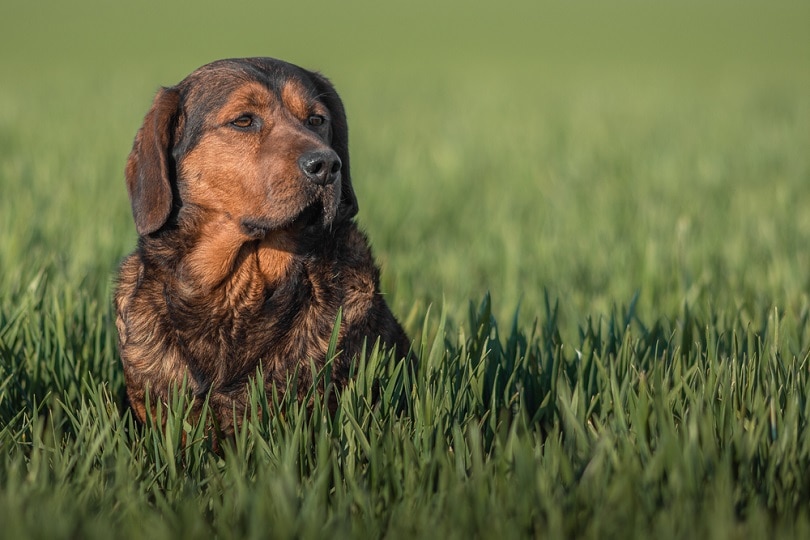
Are These Dogs Good for Families? 👪
Yes, these dogs are quite good companion animals, despite the fact that they were never bred to be as such. They are decently easygoing and friendly, which allows them to fit into family life quite easily. They do require extra care but are generally considered low maintenance in comparison to some other dog breeds.
They get along with children as long as they are handled appropriately. Because of their elongated backs, they are prone to back injuries. For this reason, children should be prevented from picking the dog up or putting pressure on their spine.
Does This Breed Get Along With Other Pets?
This breed gets along quite well with dogs of all sorts. They are generally friendly and aren’t particularly territorial. Of course, they still require regular socialization at a young age to ensure that they’re comfortable with other dogs. In general, this is a great breed for a multi-dog household.
However, they are not good with other pet species. Their high prey drive means that they will absolutely chase cats and other animals. Early socialization can curb this problem somewhat, but many dogs will continue to chase cats well into adulthood. It is simply in their nature.

Things to Know When Owning an Alpine Dachsbracke:
Food & Diet Requirements 🦴
These dogs do not have any special dietary requirements. They do well on any high-quality dog food. A high-protein diet is preferable. Try to avoid formulas that are high in grains and inexpensive veggies. Peas are good for dogs in small amounts. However, it isn’t uncommon to see dog food stuffed with peas because they are inexpensive and high in protein for a veggie. Aim for whole meats, preferably.
They should always have access to freshwater, like most dogs. These dogs drink more water than you might expect, so prepare to fill up their water regularly.
The Dachsbracke is not particularly prone to any food allergies or food-related illnesses. Of course, they can get illnesses that require dietary changes, just like any other dog. In this case, you’ll need to work with a vet to come up with a suitable diet.
Exercise 🐕
These dogs do need a bit of exercise. They were bred to be hunting dogs. While hunting, these dogs may have to follow trails for miles through tough terrain. This takes a great deal of energy. If you’re using these dogs solely as companion animals, it is important to provide them with the opportunity to exercise properly.
This usually doesn’t take much. After all, they’re little dogs. Short- to medium-length walks are all that’s necessary to keep them in shape. They do need exercise, but not to the extent that a Labrador Retriever would, for example. Remember, you will need to ensure that they are kept on a leash, as they will follow scent trails.
These dogs also enjoy simple games like fetch and learn how to play them quite quickly. However, they can be stubborn, so they’ll usually only play if they want to.
Training 🎾
These dogs are intelligent, so they can theoretically learn commands of all sorts. However, they were also stubborn and were not bred to listen to people efficiently. For this reason, just because they know a command doesn’t mean they’re going to obey it. Often, these dogs will choose what they think the correct course of action is, not necessarily what you told them to do.
When they are hunting, this works out in their favor. After all, they can make decisions about following the trail and finding the animal without their owner’s input. In a home situation, this can often get them into trouble.
These dogs aren’t that easy to train for this reason. The actual training session might go over great, but it doesn’t necessarily mean that your dog will listen to you outside of the training session.
Grooming ✂️
These dogs don’t require much grooming at all. They do shed quite a bit, so a quick brush once a week is often recommended to lessen the amount of loose hair. However, their coat doesn’t require any regular maintenance beyond that.
An occasional bath may be required when the dog gets visibly dirty. However, frequent baths should be avoided, as they may dry out the dog’s skin and cause skin irritation.
Health and Conditions 🏥
Because these dogs are so rare, we don’t have much health information about them. Overall, they aren’t prone to many issues and seem to live fully, healthy lives for the most part.
Their long backs may make them more prone to many of the diseases that can affect the Dachshund. In particular, they may be prone to intervertebral disc disease (IVDD). This is a common problem in dogs that have long backs. This disease causes the cartilage between a dog’s spinal bones to bulge or burst. This is also called a herniated disc, though it works a bit differently in dogs than in humans.
Usually, this disease causes nerve damage. Most dogs will lose full coordination in their back legs before completely losing feeling and movement. They will be unable to control their bladder as well. This disease progresses quickly. However, it is usually treatable by crating the dog and preventing them from moving too much for a while. The owner may need to hand-relieve the dog’s bladder during this time. With rest, many dogs make rapid progress.
Some dogs may require surgery, though this has differing levels of success. Many vets will recommend trying other means before jumping to surgery, as this puts the dog at increased risk.
Like many dogs, these hounds may become prone to hip dysplasia if they become overweight, so it is important to keep them exercising and eating properly. This dog was bred to work hard while following game trails. If they aren’t given enough opportunities to exercise, they can become obese quite easily. Obesity can also put them at a higher risk for IVDD, as it puts more weight on their spine.

Male vs. Female
There are no significant differences between the sexes of this dog breed.
3 Little-Known Facts About the Alpine Dachsbracke
1. These dogs are exceedingly rare.
It is odd to find these dogs kept as companion animals in the United States. They are usually only used as hunting dogs in Austria, and they are typically kept within the same families. It is difficult to find one of these canines in America, so most puppies must be imported.
2. The Alpine Dachsbracke does have Dachshund ancestry.
This canine looks like a Dachshund for a good reason. They’re the result of breeding the larger Austrian hounds with the Dachshund to achieve a smaller stature. Eventually, this led to the dog that we have today.
3. They’re a versatile hunting breed.
This dog is best known for their ability to hunt just about everything. They were originally bred to hunt deer. However, they can also be used to hunt fox, boars, hares, and other animals. They were even used by a Habsburg king for hunting in Egypt.

Conclusion
The Alpine Dachsbracke is an extremely rare breed that is most common in Austria, but it is not well-known in the English-speaking world. The American Kennel Club doesn’t even recognize this dog as a breed, largely because there just aren’t that many of them in America.
Even in Austria, they are largely owned by hunters and used for hunting purposes. They aren’t usually kept solely as companion dogs. Despite this, their temperament does allow them to fit in well with most families. They are friendly and laid back. They get along with just about everyone, including other dogs. Many are patient with children, as long as their backs are protected.
See also:
Featured Image Credit: Josef Svoboda, Shutterstock
